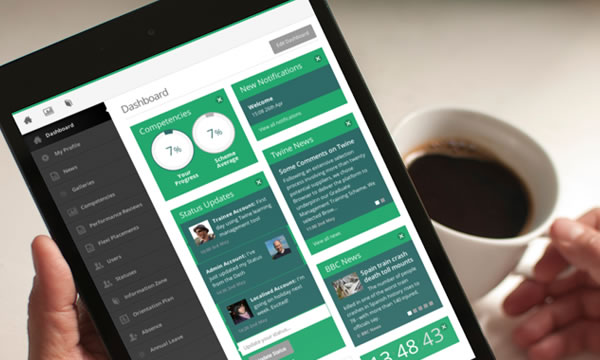What is Progressive Enhancement?

If you’ve worked with Browser on a website you may have heard the term “progressive enhancement” thrown around during the build stage. This technical jargon is far from a meaningless combination of buzzwords, it’s at the heart of what makes cross-browser support possible. The web greatly benefits from progressive enhancement.
The rate of change
To understand the concept you must first take into account the environment a website encounters on a daily basis. Websites are accessed by a wide variety of devices. Smartphones, tablets, desktops — who knows what’s next? Multiply that by the range of web browsers available on each device and you’re left with a large number of permutations. This presents a big problem for us because even browsers that are a year or two old are very outdated in regards to web standards. Technology really does move that fast!
For this reason, we cannot aim to make a website’s design and functionality identical in every browser. Instead, we start by building the simplest implementation using the methods we know will work on legacy devices. These probably won’t be flashy or exciting, but they will be accessible and usable by everyone. From that foundation, we “progressively enhance” individual elements of the website when we know the browser can handle more impressive techniques. Some elements may have up to three or four potential endpoints. The final of which is the most preferred. Without a progressive enhancement approach a website will either appear extremely outdated to cover all bases, or be visually and technically brilliant but unavailable on older devices/in older browsers.
By employing the practice of progressive enhancement we can honour accessibility while taking advantage of cutting-edge technology. It’s the best of both worlds.
The right way
It can be difficult for website owners to accept that perfection across the board is impossible to achieve. It’s not uncommon for clients to expect this kind of consistency (especially when they’ve only seen design mockups for the best case scenario). Progressive enhancement can lead to additional development time, which is never an easy sell. However, given that the way we access the Web is constantly changing (and at different paces for everyone), it’s plain to see why an ever-evolving, responsive approach will almost certainly be the solution.
Much of our strategy at Browser involves understanding the business needs behind a website, such as the proportion of legacy browser use and mobile visitors. With this knowledge, we can make economic decisions regarding which features need to be the most accessible. Thinking about browser and device support in this granular nature ensures the best use of the resources available. From a design point of view, it informs the freedom for which our creative license can be best applied.
So if you’ve ever wondered why things look different in each browser, now you know!